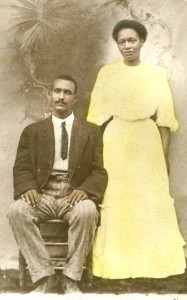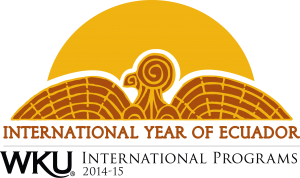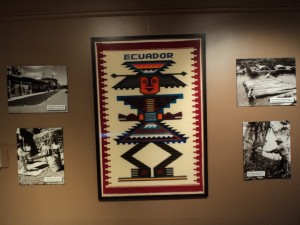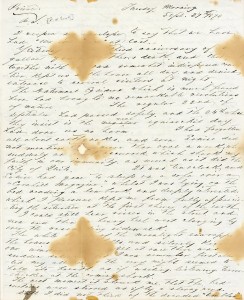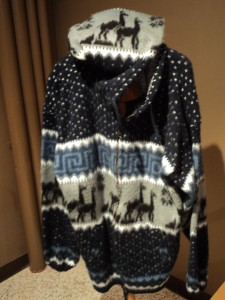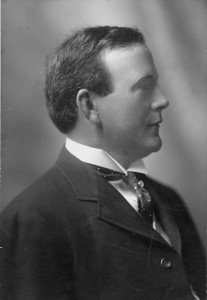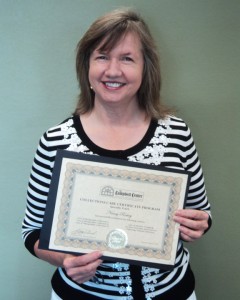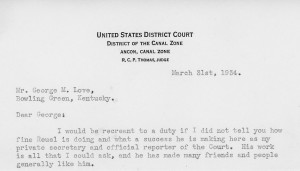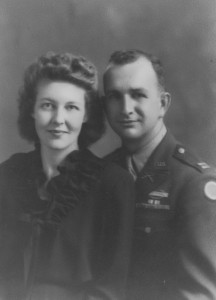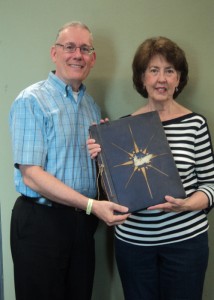 Americans were fascinated by the Big Dig going on in Panama in the early-1910s. The Latin American isthmus project was a sterling example of American ingenuity, Big Stick diplomacy, and cooperation. A Kentuckian with keen interest in the project was Earl Palmer of Paducah. He was co-founder of the Ferguson & Palmer Lumber Company of Paducah in 1898 and a man of adventure and florid words. The industrialist decided to satisfy his curiosity about the canal project by visiting Panama in 1913 and preserving his observations for posterity in print form. This first paragraph from the resulting book, titled The Panamaniacs, gives you an impression for Palmer’s prose and sense of humor:
Americans were fascinated by the Big Dig going on in Panama in the early-1910s. The Latin American isthmus project was a sterling example of American ingenuity, Big Stick diplomacy, and cooperation. A Kentuckian with keen interest in the project was Earl Palmer of Paducah. He was co-founder of the Ferguson & Palmer Lumber Company of Paducah in 1898 and a man of adventure and florid words. The industrialist decided to satisfy his curiosity about the canal project by visiting Panama in 1913 and preserving his observations for posterity in print form. This first paragraph from the resulting book, titled The Panamaniacs, gives you an impression for Palmer’s prose and sense of humor:
“When one packs a steamer trunk and fares forth to foreign parts in search of new experiences, fresh ideas and palpitating thrills, he is under no particular obligation to any one [sic] to reduce said experiences, fresh ideas and palpitating thrills to writing. Indeed he is more highly esteemed if he does nothing of the kind. But as the attempt is not yet actually prohibited by law, which possibly is due to oversight on the part of our dilatory legislators, I shall hasten to get into the game before our law-makers are awakened to a proper sense of duty.”

Title page from “Panamaniacs”
Palmer never mentions the names of his traveling companions; he simply refers to the other Paduchans as a Banker, a Lawyer, a Merchant, and himself. He calls himself “the first person singular personal pronoun,” in other words “I.” The Paducah party left by rail on the morning of 17 January 1913 accompanied by their “four loving and lovable wives, each fair, fat and forty.” Upon reaching Jacksonville, they added to their party the Human Encyclopedia, the Entertainer, and the Altruist and then proceeded to Key West where they added the Pessimist and the Boy, “bringing the total up to the fateful and ominous number of thirteen, which doubtless accounts for much which befell the party.”
Besides his brief descriptions of the canal construction, which he observed on a four-hour train ride from Colon to Panama City, Palmer discusses his views on Panamanian history, culture, geography. The party also stopped in Cuba and enjoyed the nightlife in Havana which Palmer faithfully records.
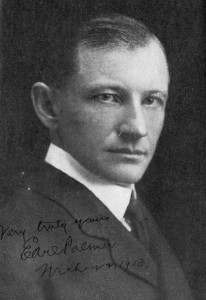
Autographed and dated frontispiece photograph of Earl Palmer.
This small book is not listed on WorldCat, meaning that the Kentucky Library Research Collections in the Department of Library Special Collections at WKU may be the only repository worldwide to own this title. It was purchased, by chance, at a small antique store in Paris, Kentucky. The book features a bookplate indicating that it once belonged to Margaret Yopp. For decades the Yopps ran a seed cleaning and seed selling operation in Paducah. From the description of the Palmer party, it is unlikely that Margaret participated in the Panamanian jaunt. The small monograph features only one photograph and that is of the author which he signed “Very Truly Yours Earl Palmer Mch. 22, 1913.” The Young Printing Company of Paducah published the “Limited Edition” travel account for Palmer, and it undoubtedly was a small printing run.
For those receiving this small book as a token of affection or friendship, Palmer noted in the a foreword: “This modest booklet does not pose as an object lesson of perfection in orthography, etomology [sic], syntax or prosody…Therefore, should anyone upon whom this book is bestowed be too greatly annoyed by the many obvious errors in construction…may return the book to the donor, and his thanks will be cheerfully refunded.”


